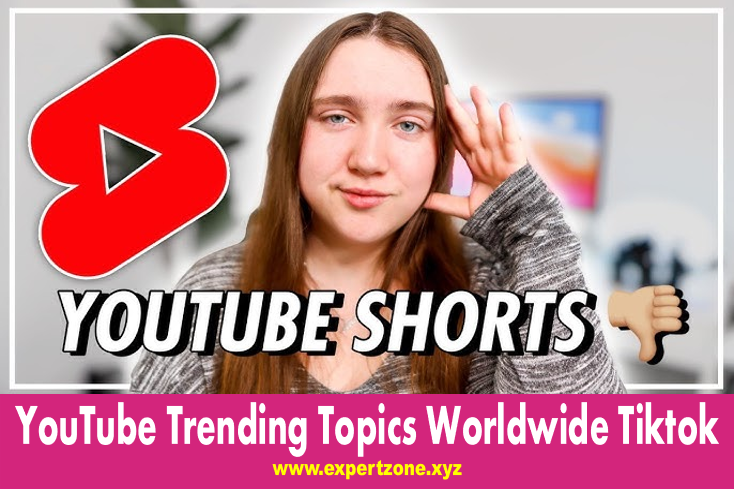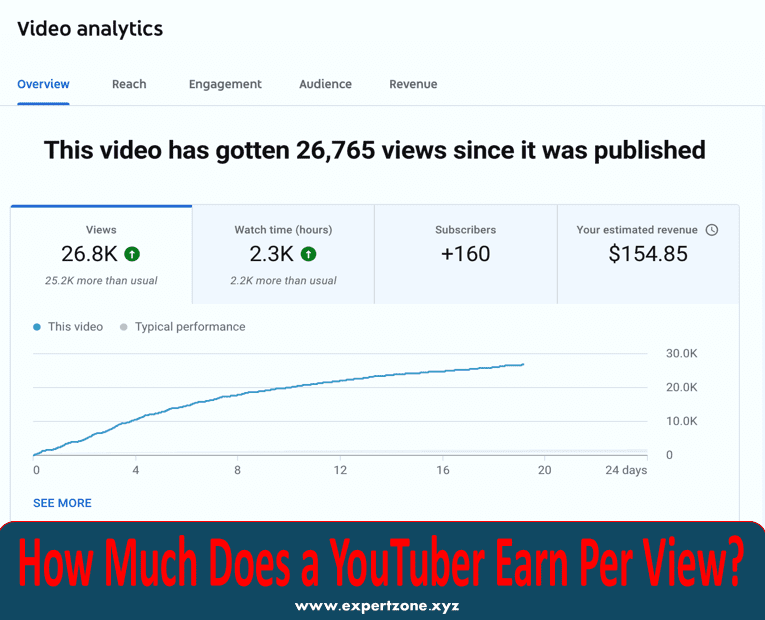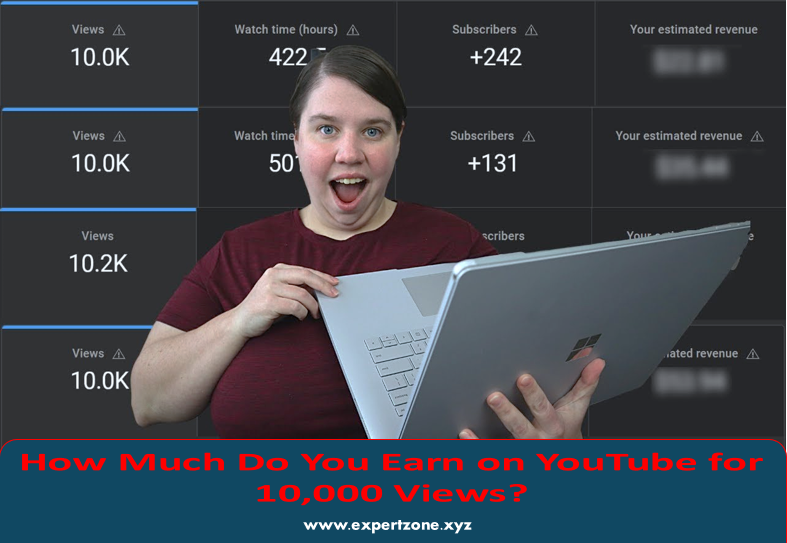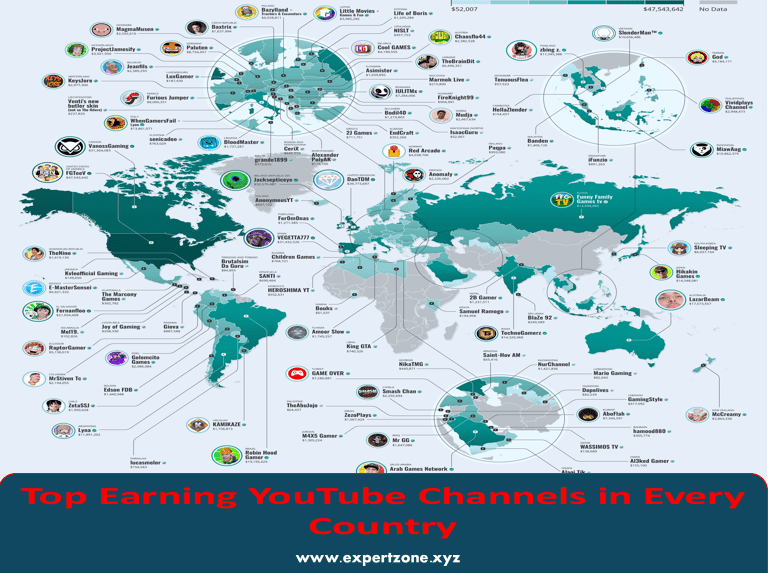YouTube Trending Topics Worldwide TikTok: Discover the latest YouTube trending topics worldwide and how TikTok influences this dynamic platform. Explore key trends, content creation tips, and frequently asked questions to boost your YouTube presence and stay ahead in the ever-evolving digital landscape.

YouTube and TikTok: The Power Duo of Global Content Trends
In today’s digital age, YouTube and TikTok are the reigning platforms for video content. With billions of active users, both platforms have become global stages where content creators showcase their creativity, brands build their reputations, and trends spread like wildfire. YouTube, the long-standing king of video, has maintained its throne for years by continuously evolving to meet user demands. On the other hand, TikTok, the relatively newer platform, has quickly risen to fame, disrupting traditional content creation methods with its short, snappy videos that captivate audiences in just a few seconds.
What makes these platforms particularly intriguing is their influence on each other. While YouTube traditionally focused on longer-form content, TikTok’s success with short-form videos has led to the creation of YouTube Shorts. This cross-platform influence means that trends originating on TikTok often make their way to YouTube and vice versa, creating a continuous loop of viral content that keeps viewers engaged. For content creators and marketers, understanding these dynamics is crucial. It’s not just about what’s trending on YouTube or TikTok individually, but how these trends intersect and shape global digital culture.
The Evolution of YouTube Trends Influenced by TikTok
YouTube trends have evolved significantly over the years. What started as a platform for sharing personal videos has become a massive ecosystem where content ranges from educational tutorials to elaborate productions. The introduction of TikTok has further accelerated this evolution, pushing YouTube to innovate and stay relevant in a fast-paced environment. TikTok’s influence is evident in how YouTube trends have shifted toward more spontaneous, less polished content. The raw, authentic style that TikTok popularized is now embraced on YouTube, where viewers seek relatable and genuine content rather than heavily edited productions.
Moreover, TikTok’s algorithm, which promotes content based on engagement rather than followers, has inspired YouTube to refine its recommendation system. Now, YouTube’s algorithm gives more visibility to content that keeps viewers hooked, whether through YouTube Shorts or traditional videos. As a result, the line between viral content on TikTok and YouTube has blurred, with creators often repurposing their TikTok content for YouTube to maximize reach. This trend underscores the importance of cross-platform content strategies, where creators can leverage the strengths of each platform to build a broader audience.
Content Creation Strategies for Riding the YouTube-TikTok Wave
To succeed in this interconnected digital landscape, content creators must adapt their strategies to fit both YouTube and TikTok. It’s not enough to create content for just one platform; creators should consider how their content can resonate across both. This involves understanding the unique characteristics of each platform—TikTok’s brevity and emphasis on trends and YouTube’s versatility and depth. For instance, a popular TikTok dance challenge can be expanded into a behind-the-scenes YouTube video, providing fans more context and insight into the creative process.
Another strategy is to create content that capitalizes on trending topics on both platforms. By staying attuned to what’s trending on TikTok, creators can produce related content for YouTube that taps into the existing buzz. This approach boosts visibility and helps content rank higher on YouTube, as the platform’s algorithm favors trending topics. Furthermore, consistency is key. Regularly posting content that aligns with current trends increases the likelihood of it being picked up by YouTube’s recommendation system, thus driving more views and engagement.
The Role of Influencers in Shaping YouTube and TikTok Trends
Influencers play a pivotal role in dictating what’s trending on both YouTube and TikTok. These digital tastemakers can simply turn a niche topic into a global phenomenon by featuring it in their content. The symbiotic relationship between influencers and trends means creators who collaborate with influencers often see a significant boost in their content’s reach. For instance, when a TikTok influencer shares a popular challenge or meme, it’s likely to spill over onto YouTube, where other creators will jump on the bandwagon to create their versions.
The influence of these creators extends beyond just content trends; they also shape how brands interact with audiences. Many brands partner with influencers to create content that aligns with trending topics, thus ensuring that a wide audience sees their products or services. For aspiring content creators, collaborating with influencers or participating in trends popularized by them can be a strategic way to gain visibility on both platforms. The key is to choose influencers whose style and audience align with your content, ensuring a natural fit that resonates with viewers.
Navigating the Challenges of Cross-Platform Content Creation
While the synergy between YouTube and TikTok offers numerous opportunities, it also presents challenges. Creating content that resonates on both platforms requires a deep understanding of each platform’s audience and the ability to adapt content accordingly. For instance, what works on TikTok—a platform known for its quick, engaging videos—might not necessarily translate to success on YouTube, where viewers often expect more in-depth content. This means that creators must be versatile and willing to experiment with different formats and styles.
Another challenge is keeping up with the fast pace of trends. TikTok’s trend cycle is notoriously quick, with new challenges, memes, and formats emerging almost daily. This can make it difficult for creators to stay relevant on both platforms, as they need to create fresh content that aligns with the latest trends continuously. However, this challenge can be mitigated by having a flexible content strategy for quick adaptation. By monitoring trends closely and being prepared to pivot quickly, creators can stay ahead of the curve and maintain their audience’s interest.
The Future of YouTube Trends in a TikTok-Driven World
As TikTok grows in popularity, its influence on YouTube trends will only intensify. We can expect more integration between the two platforms, with YouTube adopting more features inspired by TikTok, such as the continued development of YouTube Shorts. Additionally, the rise of TikTok may lead to a shift in the type of content that dominates YouTube. While long-form content will always have a place on YouTube, short-form content will likely become more prevalent, especially as younger audiences, accustomed to TikTok’s style, gravitate towards YouTube.
For content creators, this means staying adaptable and watching emerging trends from both platforms. The key to success will be creating content that not only rides the wave of current trends but also has the potential to set new ones. This requires a deep understanding of the evolving digital landscape and a willingness to innovate. As the lines between YouTube and TikTok continue to blur, those who can master both platforms will be well-positioned to dominate the global content scene.
Frequently Asked Questions (FAQ)
Q1: How can I find trending topics on YouTube and TikTok?
A1: To find trending topics on YouTube, you can visit the YouTube Trending section, which showcases videos gaining rapid attention. Explore the Discover page or follow popular hashtags for TikTok to see what’s trending. Additionally, tools like Google Trends or third-party platforms like TubeBuddy can help identify trending topics on both platforms.
Q2: Can I use the same content for both YouTube and TikTok?
A2: Yes, but with modifications. TikTok’s audience prefers short, snappy videos, while YouTube allows short and long-form content. You can repurpose TikTok content for YouTube Shorts or expand on it to create a longer video for YouTube, providing additional value or context.
Q3: What type of content performs well on both YouTube and TikTok?
A3: Engaging, trendy, and visually appealing content tends to perform well on both platforms. This includes challenges, tutorials, and entertainment-focused videos. However, tailoring your content to each platform’s audience is important, ensuring it meets their expectations and viewing habits.
Q4: How do I optimize my videos for YouTube’s algorithm?
A4: To optimize for YouTube’s algorithm, focus on creating high-quality, engaging content that keeps viewers watching. Use relevant keywords in your titles, descriptions, and tags, and encourage viewer interaction through likes, comments, and shares. Consistency in posting and leveraging trending topics can also help boost visibility.
Q5: How can I collaborate with influencers on YouTube and TikTok?
A5: Start by identifying influencers whose audience aligns with your content. Reach out with a personalized pitch that highlights the benefits of collaboration. You can also use influencer marketing platforms to connect with potential partners. Collaborations can range from shoutouts to co-created content.
Q6: What are YouTube Shorts, and how do they compare to TikTok?
A6: YouTube Shorts are short-form videos up to 60 seconds long, designed to compete with TikTok. While both platforms offer similar formats, YouTube Shorts benefits from YouTube’s broader ecosystem, allowing creators to reach a larger audience and potentially drive traffic to their longer videos.
Q7: How do trends on TikTok influence YouTube content?
A7: TikTok trends often spill over to YouTube, especially with the introduction of YouTube Shorts. Popular challenges, memes, and music trends on TikTok are frequently adopted by YouTube creators, who then create their versions, further amplifying the trend across both platforms.
Q8: What are the benefits of cross-platform content creation?
A8: Cross-platform content creation allows you to reach a wider audience, maximize content visibility, and increase engagement across multiple platforms.


